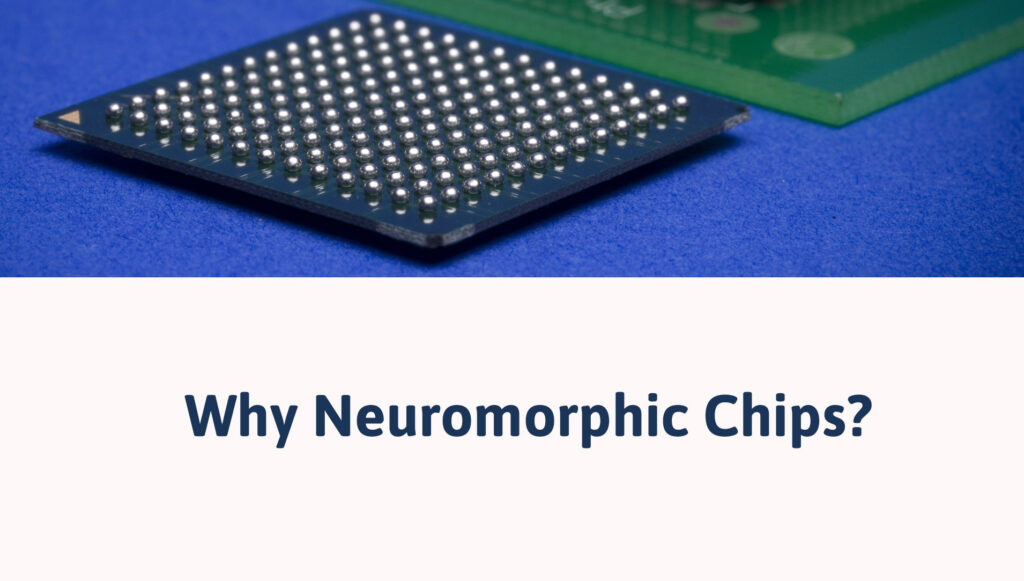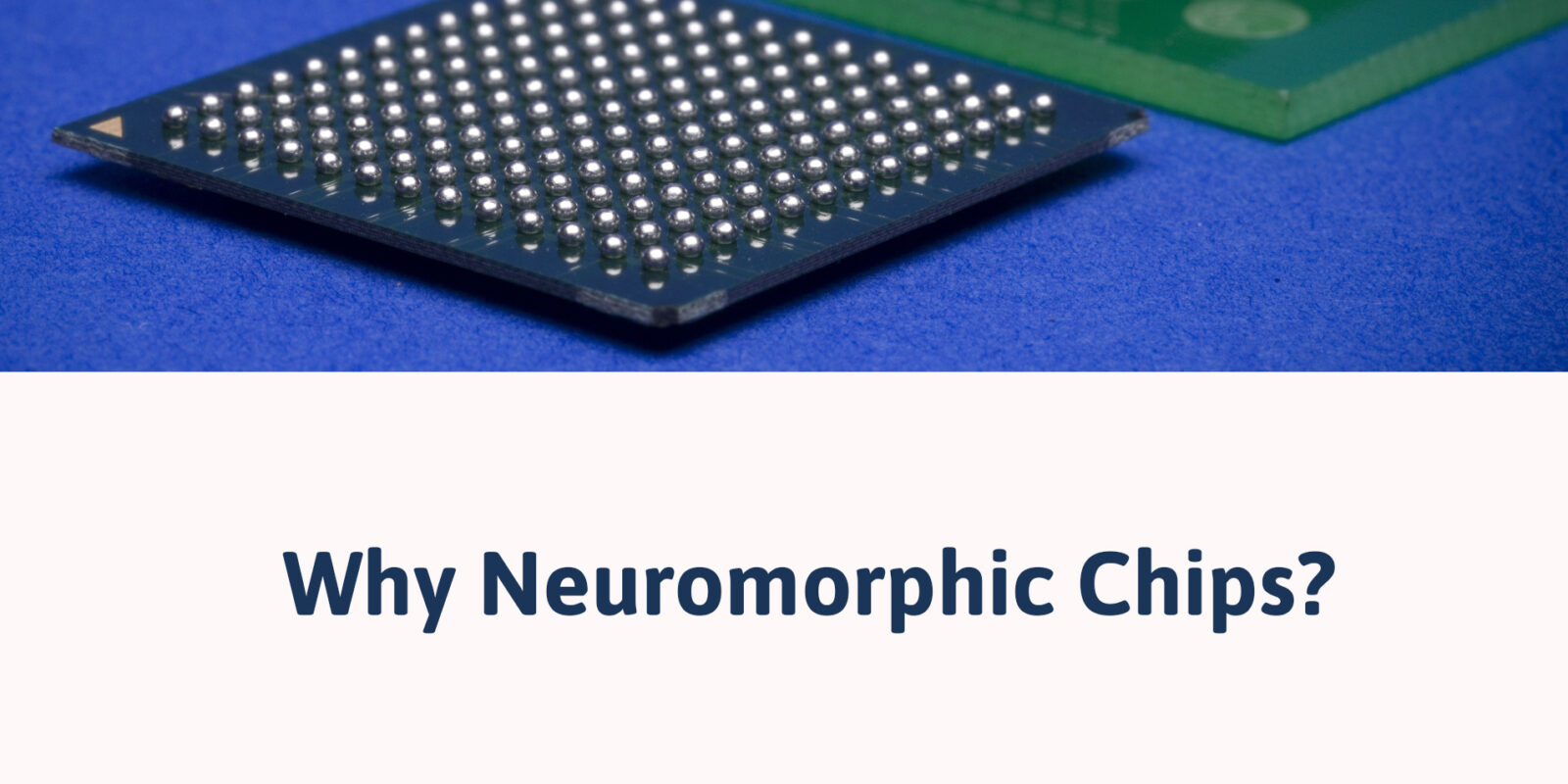I. Introduction: The Dawn of a New Computing Paradigm
The world of technology is constantly evolving, and neuromorphic chips are at the forefront of a new computing paradigm. As we seek more efficient and powerful computing solutions, these brain-inspired chips offer promising paths forward.
II. Understanding the Inspiration: The Human Brain’s Efficiency
The human brain serves as a marvel of efficiency and adaptability. Its ability to process vast amounts of information while consuming minimal energy stands as a gold standard for neuromorphic chip design, driving researchers to mimic these characteristics.

Why Neuromorphic Chips?
III. What are Neuromorphic Chips? Core Concepts and Architectures
Neuromorphic chips emulate the brain’s neural structures using specialized architectures. By integrating artificial neurons and synapses, these chips operate in an entirely different manner than traditional computing systems, focusing on parallel processes and adaptive learning.
IV. Why Neuromorphic Chips? The Advantages and Potential
Neuromorphic chips offer numerous advantages, such as reduced power consumption and enhanced processing speeds for specific tasks. Their ability to handle complex computations more naturally suggests immense potential across various fields, from AI to robotics.
V. Current Applications and Use Cases (Emerging and Potential)
Currently, neuromorphic chips are emerging in various applications, including image recognition, autonomous vehicles, and IoT devices. Their adaptability makes them suitable for developing dynamic and responsive technologies that could revolutionize our interactions with machines.
VI. Challenges and Hurdles to Widespread Adoption
Despite their potential, neuromorphic chips face challenges, including the complexity of design and integration within existing systems. Overcoming these hurdles will be crucial for their widespread adoption and practical implementation.
VII. The Future Trajectory: What Lies Ahead?
The future of neuromorphic chips looks promising, with continued research likely leading to even more sophisticated and efficient designs. As technology advances, these chips could redefine computing landscapes, bridging gaps between machines and human-like cognition.
VIII. Conclusion: Embracing the Brain-Inspired Revolution
In conclusion, the advent of neuromorphic chips signifies a pivotal moment in computing. By embracing these brain-inspired technologies, we stand at the cusp of a revolution that could transform industries and enhance the synergy between human intelligence and artificial systems.


